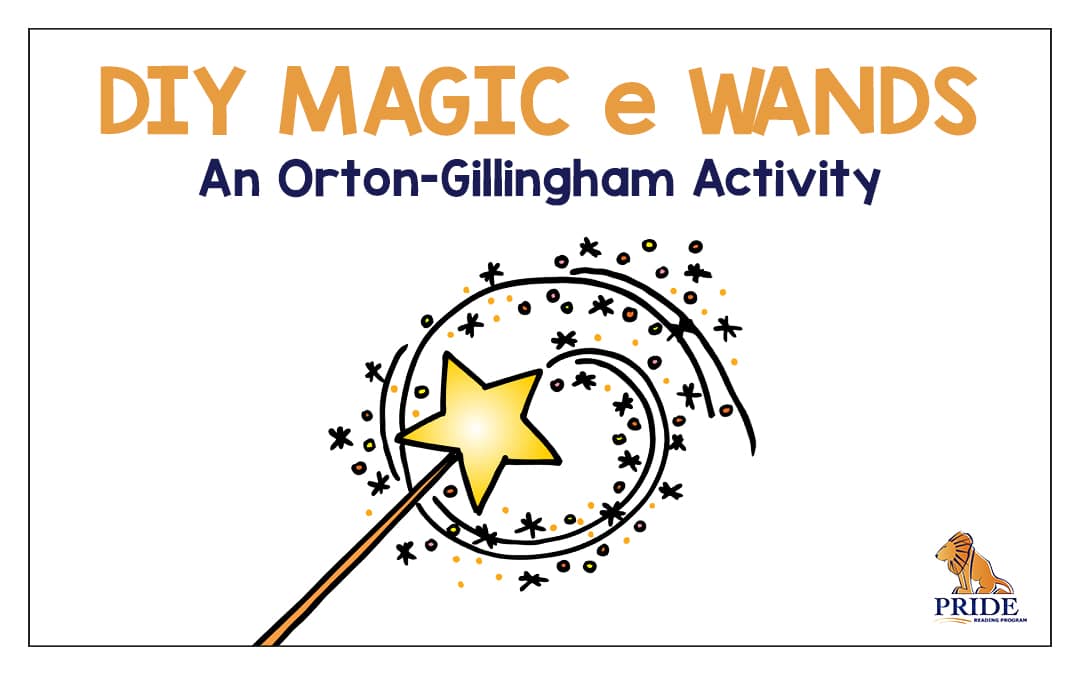The Silent E Syllable has one vowel, followed by one consonant, and a Silent E. The e is silent and the vowel is long. For example: bake, hike, cute. To make this concept really “click” with your student, you might want to try using Magic e Wands. These magical and memorable wands are easy to make and easy to use and really help the Silent E Syllable concept stick.
Before you begin: Write a list of short vowel words on a piece of paper or a whiteboard. See the list below for suggestions of CVCe words.
- bit
- mat
- scrap
- quit
- pin
- slop
- hop
- rid
- cut
Next, you will want to watch this short video to see how to make your Magic e Wands. Our favorite teacher, Miss Reneé will demonstrate it for you as she gets ready for her Silent E Syllable lesson:
If your child isn’t really 100% sure of all the short vowel sounds in CVC words (bit, cut, mat, etc.) then they might not be too successful with this activity yet. To understand and learn Silent E Syllable, your child must be very fluent reading short vowel cvc words first. If your child doesn’t have this skill yet, you will need to back up and fill in the missing gaps before you teach these long vowel sounds.
Thank you for reading my post today and learning more about the Silent E Syllable activity. You might also enjoy reading my previous posts:
My Favorite Sight Word Activities
Please don’t leave without checking out the PRIDE Reading Program. The PRIDE Reading Program is an Orton-Gillingham curriculum that is used by teachers, tutors, and homeschooling parents worldwide with great success.


Karina Richland, M.A., is the author of the PRIDE Reading Program, a multisensory Orton-Gillingham reading, writing, and comprehension curriculum that is available worldwide for parents, tutors, teachers, and homeschoolers of struggling readers. Karina has an extensive background in working with students of all ages and various learning modalities. She has spent many years researching learning differences and differentiated teaching practices. You can reach her by email at info@pridereadingprogram.com or visit the website at www.pridereadingprogram.com

